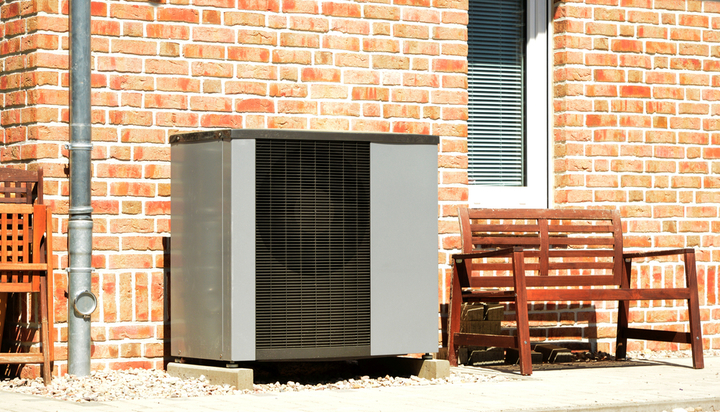
The UK installed the lowest number of heat pumps in Europe last year.
That’s according to a new report by the European Heat Pump Association (EHPA) which suggests just 1.48 heat pumps were installed per 1,000 in the UK across 2021.
Norway with 49,77 heat pump installations topped the list of the countries with the highest level of the rollout of the low carbon technology.
France, Italy and Germany lead the list with the countries with the highest sales figures for heavy pumps, the EHPA has said.
According to data, nearly 42,779 heat pumps were installed in the UK last year – a number that has made analysts estimate that with this pace, an annual rate of 45,300 units, the country will need almost 600 years to reach its 2050 target.
The UK has already set a target to install 600,000 heat pumps a year by 2028.
ELN spoke to Bean Beanland, Director for Growth and External Affairs of the Heat Pump Federation about the progress the UK has made on heat pump installations in recent years.
Mr Beanland said: “In the most recent twelve months, that number has increased, but the current transition from the Domestic Renewable Heat Incentive to the new Boiler Upgrade Scheme is making this year a little irregular in terms of sales.
“In my view, it is still possible for the industry to reach the magical 600,000 units per annum by 2028, but this will take some serious government policy advances, changes or confirmations.
“Even at 600,000 units per annum, it would then take a further 45 years to treat all 27.2 million UK dwellings. However, having reached 600,000 units, one could assume that around one million units per annum was achievable in the 2030s.
“It should also be remembered that a significant proportion of these dwellings are either new build (150 – 250,000 per annum) or will be on heat networks (around 20% of the total, so 5.4 million).”
Mr Beanland said the government needs to act to reduce the “artificially high price of domestic electricity”.
He said: “It’s reported that a consultation will be published this year on migrating the environmental and social levies away from electricity. This might also include action to modify the mechanism that ties wholesale electricity prices to wholesale gas prices.
“This would allow for better representation of the scale of electricity generation now coming from wind and solar, both of which are now demonstrably lower cost than gas-fired generation.
“The government is also consulting on intentions to ban fossil fuel boiler replacement off the gas grid. If these result in legislation with the timescales unchanged, this could drive sales of perhaps 500,000 units per annum beyond 2026.
“The final piece in the jigsaw would be an affordability package, accessible to all homeowners and landlords.”